How to Keep Community Dynamics Healthy on the Ranch
Biodiversity, a variety of plant functions and healthy plant succession work together to make good community dynamics.
The ecosystem process called community dynamics is a concept closely tied to ecological succession, an ecological process where both the plant community and soil biology change over time. However, succession is not the only thing we consider with community dynamics. To determine whether the community dynamics of our ranch are healthy, we must consider both ecological succession and diversity together.
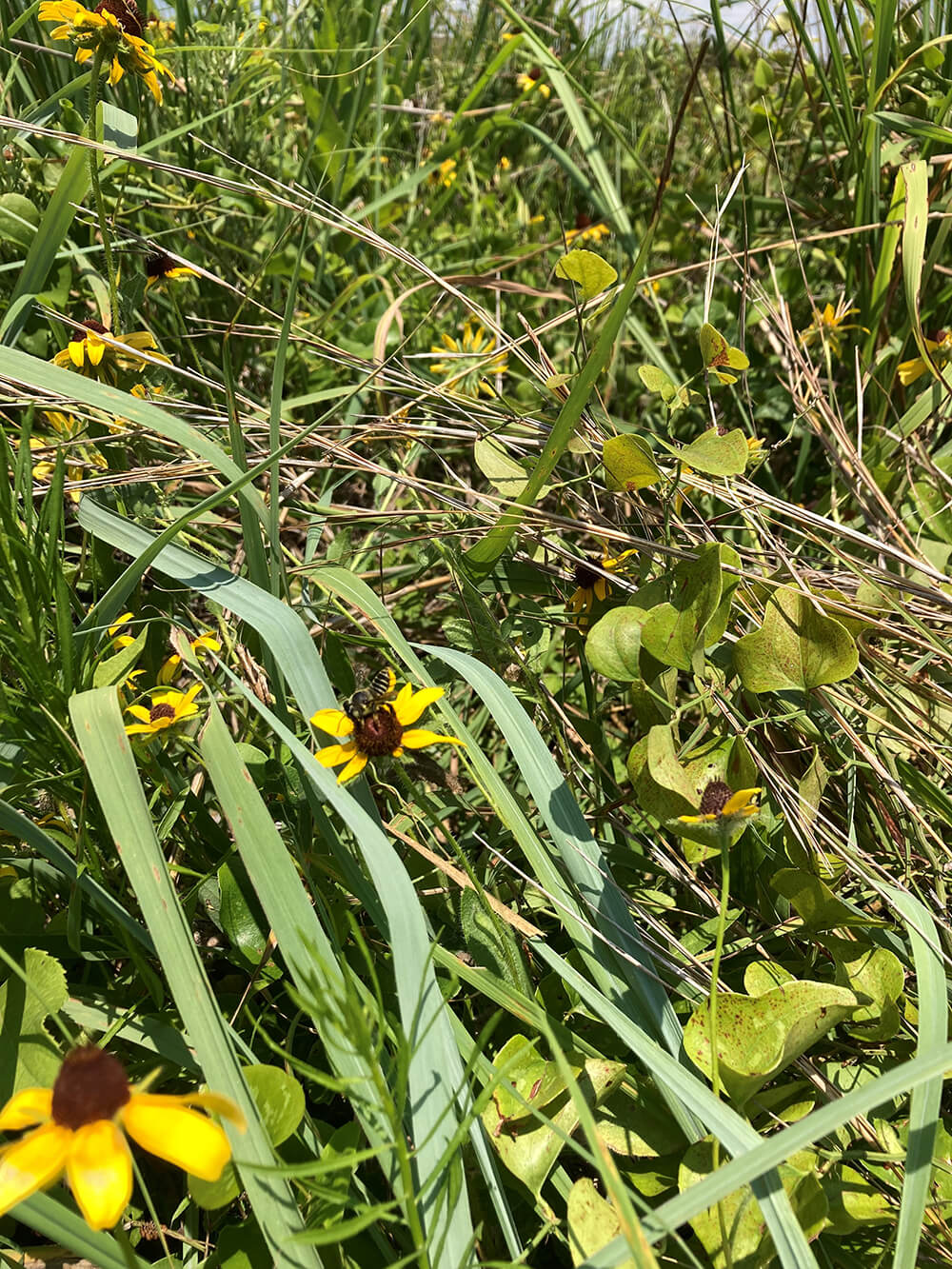
Diversity in plants, soil, animals and management is foundational to regenerative ranching. The number and variety of species and management tools employed play a role in increasing overall ecological diversity. The higher the diversity in the ecosystem, the greater the resiliency.
Think about our local municipal communities. We would not have healthy community dynamics if we lived in a community with only doctors. Healthy communities have doctors, plumbers, mechanics, farmers, retailers and people in many other professions who all serve a necessary function in the community.
Functional diversity is crucial for a successful community
I might not need a mechanic for my car right now, but when I do need one, I need them quickly, and I’m glad they are a part of my community. I might not understand the function a specialized doctor serves, but there are people in my community who need that doctor’s expertise. Maybe the mechanic I rely on needs the specialized doctor. Just because I don’t understand something or think I don’t need it, doesn’t make it unimportant.
Consider the plants we have historically thought of as weeds and wanted to control. We didn’t understand their role in the ecosystem.
Milkweed is a great example. Livestock don’t typically eat milkweed plants, so we didn’t value them and were quick to control them. However, they are very important plants for a grassland community. They are probably the most important plant for the life cycle of the monarch butterfly, an important pollinator, as well as for many other beneficial insects. Monarchs lay their eggs exclusively on milkweed plants because it is the caterpillar’s sole food source.
Milkweed also has a root system that can go over 10 feet deep. Those roots tap into deeper soil water and nutrients and bring them to the surface to exchange with other plants through underground fungal networks. Milkweed can provide water and nutrients to plants our grazing animals rely on, much like the specialized doctor provides a service to the mechanic I rely on.
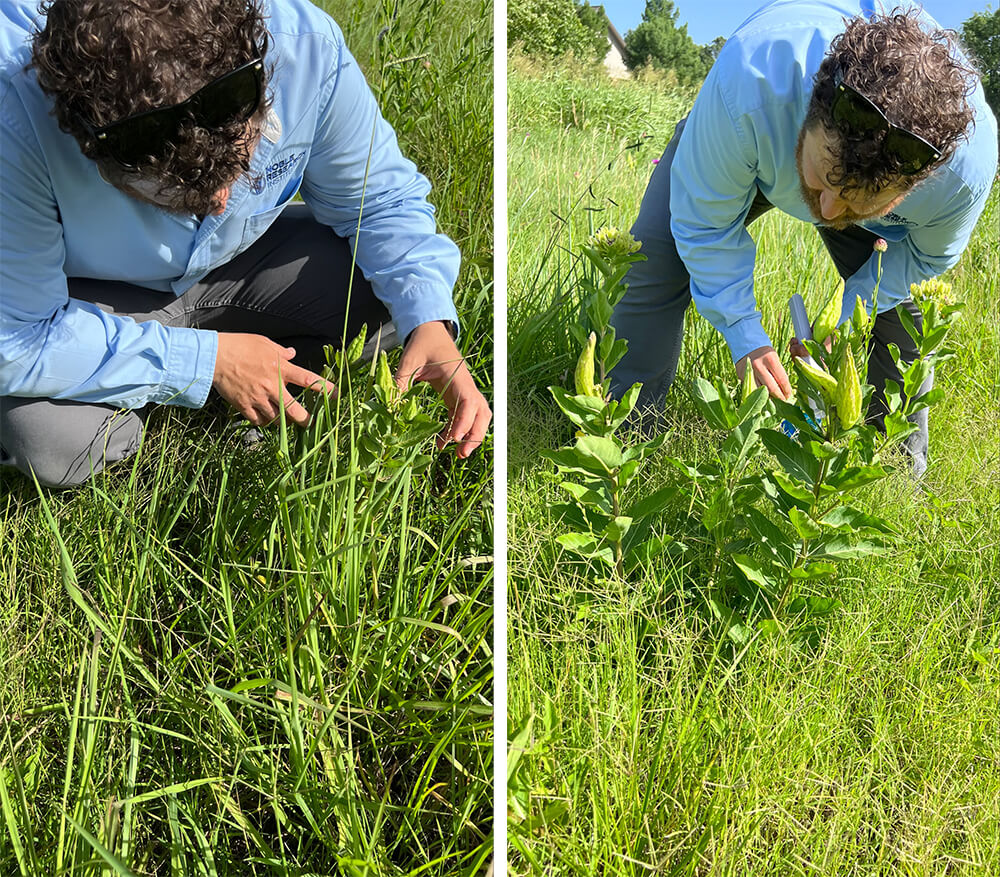
Multiple plant functions are integral to healthy ecosystems
Specific groups of plants make up functional groups. Examples of functional groups include grasses, forbs and woody plants. Legumes are a functional group, but they also can be either forbs or woodies. These groups all serve different functions for grazing animals, soil microbes, the energy flow, water infiltration and nutrient cycling.
In addition to biodiversity and plant function, we do need to consider ecological succession as part of community dynamics. As succession moves forward, community dynamics usually improve. Higher successional communities typically have more diversity, deeper roots, more ground cover and more functional groups of plants. At the same time, some animals need early successional plant communities (annual grasses and forbs and few woody plants), and other animals need late successional plant communities (perennial grasses and forbs, shrubs and trees).
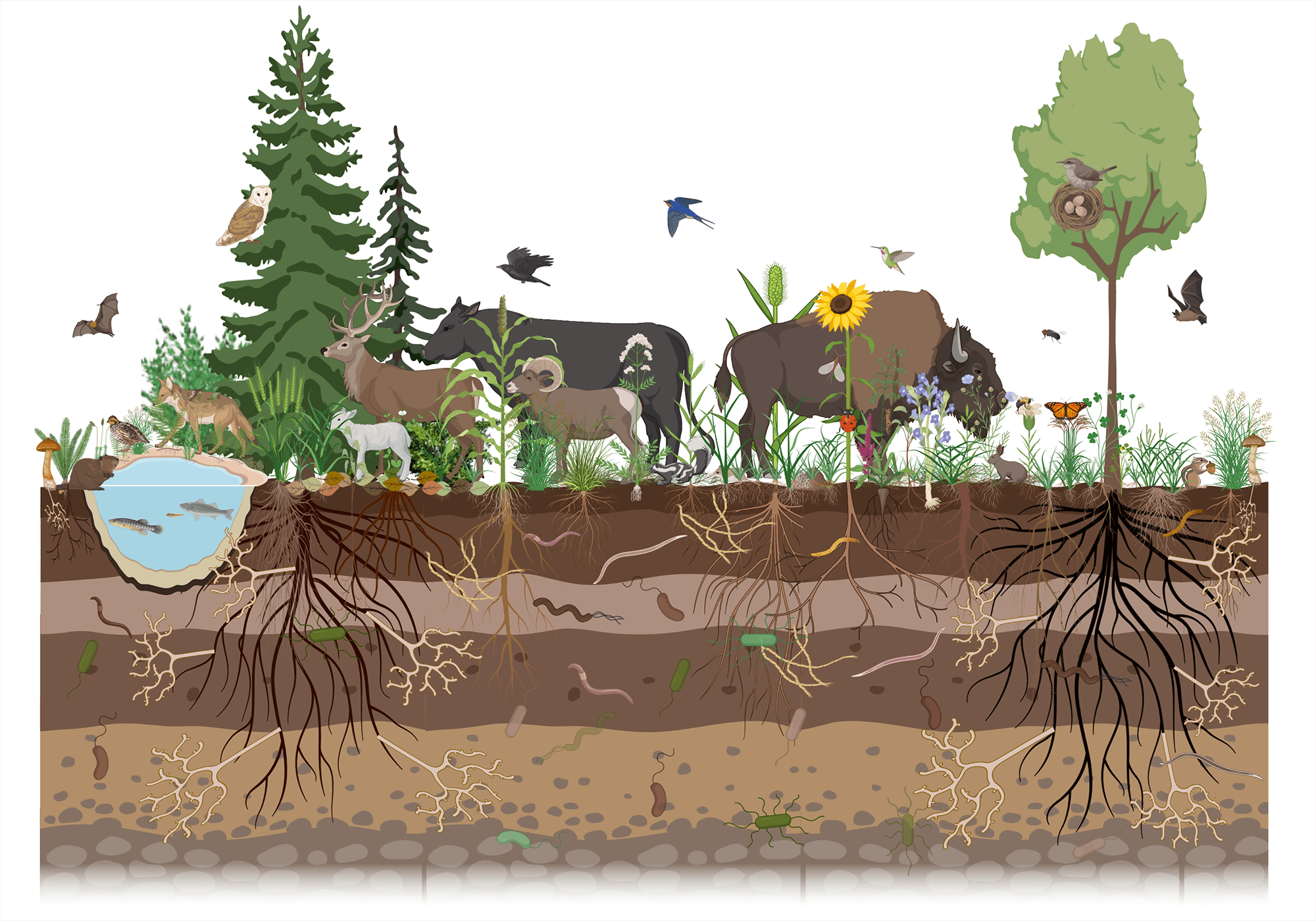
Biodiversity, ecological succession and community dynamics are intimately related. They all work together and build upon each other. It is difficult to have healthy community dynamics with low diversity and only low successional communities.
Learning to read the land helps to understand community dynamics. Learn to look for plant diversity in both species and functional groups, and for changes in succession in response to management. The land will tell us if our communities are healthy.
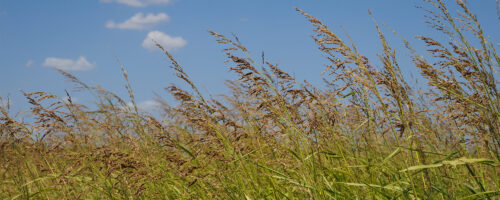
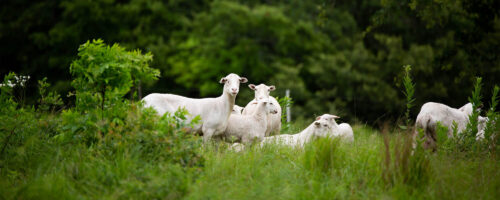
Comment
Leave a Reply
1 comment on: "How to Keep Community Dynamics Healthy on the Ranch""

Lisette Kilroy
July 25, 2024Really informative article